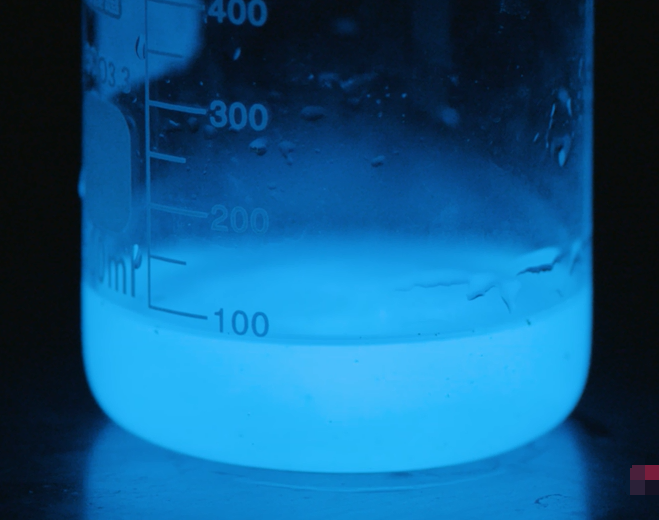| Message: | It can be seen in the literature that academician Wang Erkang and associate researcher Li Jing of Changchun Institute of Applied Chemistry of the Chinese Academy of Sciences used in-situ synthesis to construct a flower-like cobalt hydroxide catalytic interface with a layered porous structure in an environment where BSA and Co2+ coexist. Effectively enhance chemiluminescence.
Cobalt hydroxide itself has unique physical and chemical properties, its layered structure and good electrochemical oxidation-reduction performance, has a wide range of applications in catalysis, electrochemistry, gas-phase sensors and haloacetic acid degradation, etc., and cobalt hydroxide is excellent The characteristics are affected by its morphology and size. This flower-like cobalt hydroxide catalytic interface with a layered porous structure has oxidase activity and a unique microstructure, which can effectively generate active oxygen.
At present, chemiluminescence immunoassay mainly includes luminol, isoluminol, acridine and cyclodioxane derivatives and other systems. The researchers experimentally tested the effect of this catalytic interface on the luminescence intensity of the luminol luminescence system mediated by BSA and Co2+ under alkaline conditions. The results show that compared with the traditional luminol-Co2+ or luminol-BSA system, the in-situ catalytic interface can achieve a 100-fold increase in chemiluminescence. |
 my account
my account
 log out
log out
 my account
my account
 log out
log out
